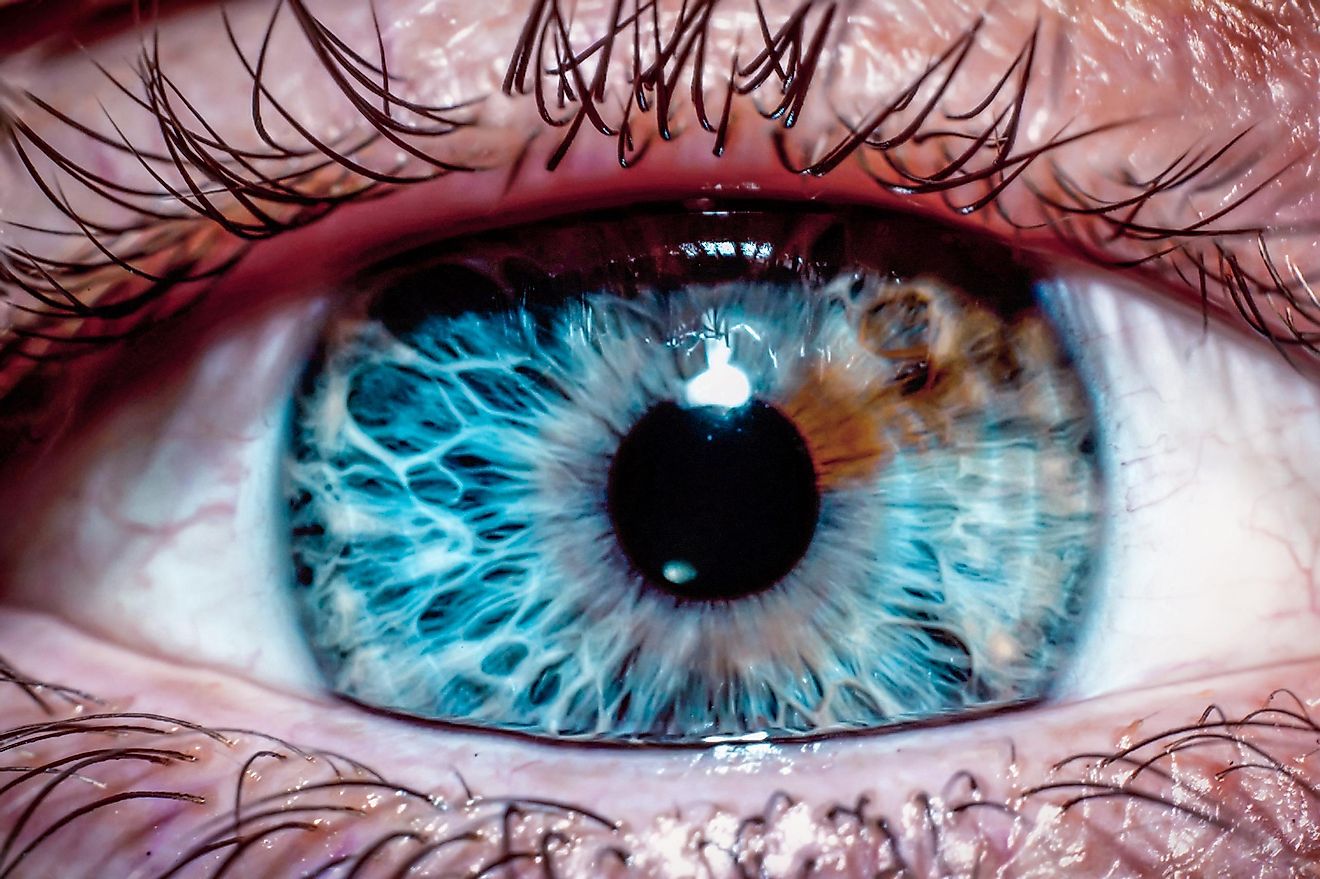What Makes Things Glow in the Dark?

The emission of light by objects is known as luminescence. There are several forms of luminescence depending on the source of light; they include phosphorescence, chemiluminescence, bioluminescence, and fluorescence. Artificial materials that glow contain phosphor. Phosphor elements include calcium sulfide, zinc sulfide, and Strontium aluminate. These products get energized when exposed to light which they then radiate in the light. Chemiluminescence occurs during a chemical reaction that produces energy.
Bioluminescence
Bioluminescence occurs in living organisms. In most cases, bioluminescence occurs in invertebrates, marine vertebrates, and some types of fungi. Glowing organisms experience a reaction between an enzyme known as the luciferin and a light-emitting molecule. Not all organisms that glow produce the light, some lights are bacteriogenic, meaning that they are produced by the bacteria living on the animals such as Vibrio bacteria. The enzymes work differently depending on the organism; some require other cofactors such as magnesium and calcium.
Marine Bioluminescent
Marine biologists have found several species of bioluminescence animals in the oceans but several more are yet to be documented due to lack of technology and the vastness of the sea. Bioluminescent marine creatures live in depths of more than 1,000 ft where at that depth, the ocean is nearly pitch black. The sea creatures produce light only when they are required to because bioluminescence takes up energy and attract predators. The number of species that produce light in the ocean is based on observations made from submersibles. Various species produce light at different depths. However, some species are predominantly bioluminescent, for example, 97 to 99.7% of jellyfish and siphonophores produce light, but only 50% of cephalopods and fishes can do so.
Uses in Nature
Bioluminescence plays a great role in the taxonomy of marine creatures such as camouflage, misdirection, defensive, and deterrence. They also use the light to lure their prey, stun them, illuminate their location and attract mates. Not all species that produce light produce them for the stated functions above. Various species of earthworms including the Diplocardia longa produce light during movement, but researchers are yet to determine why they do so. Several species of squids either hunt or escape danger by counter illumination. The fungus gnat in New Zealand does not have an immediate threat; its bluish-green light is mainly used to attract prey. Fireflies emit the light to attract mates. The dragonfish and anglerfish employ mimicry to attract prey. The dangling appendage on their heads contains a glowing bacterium that is controlled by the fish.
Waitomo Glowworm Caves
The Waitomo Glowworm Caves in New Zealand is made of limestone and was created due to volcanic and geological activity. It is home to the New Zealand Glowworm Arachnocampa luminosa. These glow worms are native to the caves and emit light during the larval and imago stages. Thousands of tourists visit the caves specifically to see the glowworms in the dark. The caves are protected from human pollution. The CO2 level, humidity, and temperature are analyzed using modern technology to ensure that contact with human beings is not causing harm to the glowworms.











